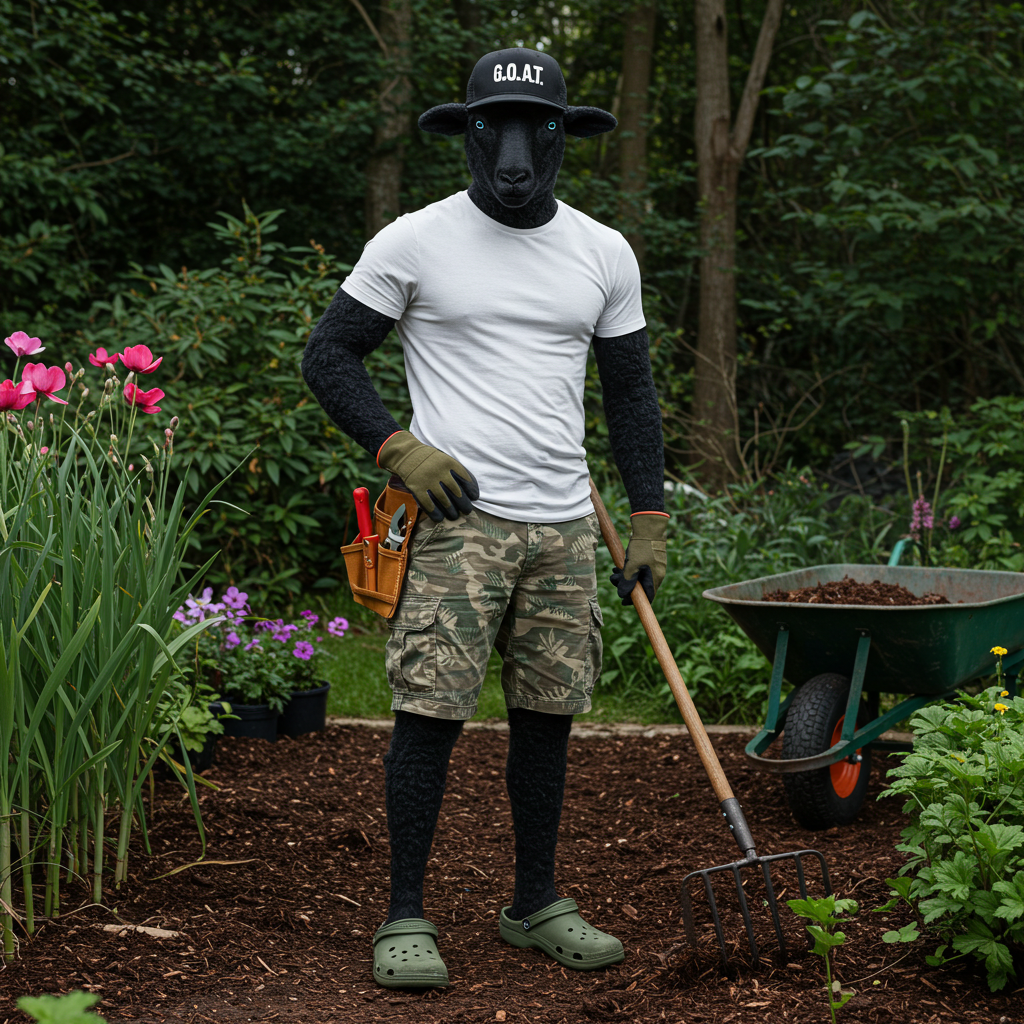“Mulch Solves Everything”: The Limits of a Good Mulch

Mulch is one of those garden tools that feels like a cure-all.
Dry soil? Mulch. Weeds? Mulch. Ugly bare patch where you meant to plant something two years ago? Just throw some mulch on it.
And to be fair, mulch is kind of a wonder. It keeps moisture in, suppresses weeds, insulates roots, improves soil over time, and makes everything look tidy and intentional—even when it’s not.
But here’s the truth: mulch has limits. It’s a helper, not a hero cape. So let’s take a closer look at what mulch can do—and where it needs a little backup.
🌿 What Mulch Does Really Well
✅ Retains moisture
Mulch acts like a cozy blanket for your soil, reducing evaporation and helping plants stay hydrated between waterings.
✅ Suppresses annual weeds
A good 2–3" layer blocks light and keeps many weed seeds from germinating—especially if applied early in the season.
✅ Regulates soil temperature
Mulch keeps roots cool in summer and insulated in winter. Your plants stay comfy through temperature swings.
✅ Improves soil over time
Organic mulches (like shredded bark or leaf mold) break down slowly and feed the soil as they go.
✅ Boosts visual appeal
A neat layer of mulch instantly tidies beds, highlights foliage, and gives your garden that “just refreshed” look—even if you skipped weeding last week.
🚫 What Mulch Can’t Do (No Matter How Nice It Looks)
❌ Kill deep-rooted perennial weeds
Got bindweed, creeping buttercup, or quackgrass? Mulch won’t stop them. These plants will push through or sneak around. For those, you need targeted removal, not wishful layering.
❌ Fix poor soil underneath
Mulch protects and improves over time, but it won’t instantly amend clay or sandy soil. Compost and organic matter need to be worked into the root zone—not just placed on top.
❌ Prevent all erosion
On steep slopes or hard-hit areas, mulch might wash away in heavy rain. In those cases, erosion control fabric or deep-rooted groundcovers are a better solution.
❌ Replace watering
It slows evaporation, but mulch can’t create moisture. In dry spells, you’ll still need to water—especially new plantings.
❌ Work magic if applied wrong
Mulch piled high against stems or trunks (hello, mulch volcanoes) can lead to rot, pests, and disease. Always keep mulch pulled back an inch or two from plant bases.
🛠️ Mulch Smarter: Tips for Getting It Right
-
Stick to 2–3 inches of mulch—enough to be effective, not suffocating.
-
Refresh annually, but don’t keep piling it on. If it’s already thick, rake and fluff.
-
Choose the right mulch for the space:
-
Shredded bark for perennials and borders
-
Leaf mold or compost for soil-building beds
-
Straw or pine needles for veggie gardens or woodland areas
-
-
Avoid dyed mulch if possible—it looks sharp but breaks down slowly and may not be plant-friendly.
🌼 When Mulch Shines Brightest
Some garden areas really do benefit from a thoughtful mulching routine:
-
Around deep-rooted perennials like Aconitum or Baptisia
-
In new beds where soil needs a boost
-
Under shrubs or trees to protect feeder roots
-
Along pathways for a soft, finished look
Final Thoughts: Mulch Is a Partner, Not a Panacea
There’s a lot to love about mulch—but like all good things, it works best as part of a system. Think of it as your garden’s steady sidekick, not the superhero. Add it thoughtfully, pair it with good soil prep, weeding habits, and smart watering—and you’ll be well on your way to a healthy, beautiful garden.
Just remember: no amount of mulch will plant your perennials for you. (Trust us, we’ve tried.)

